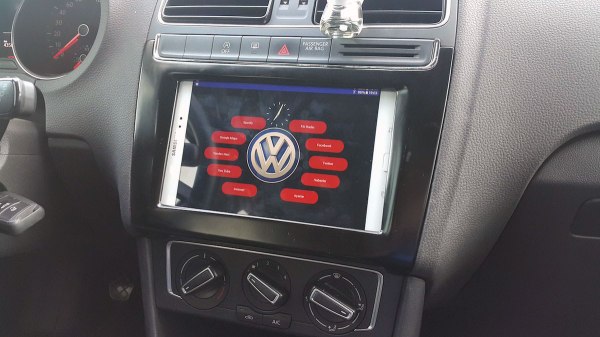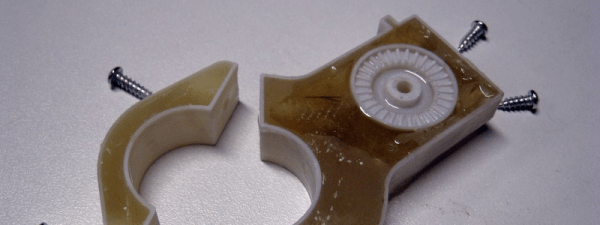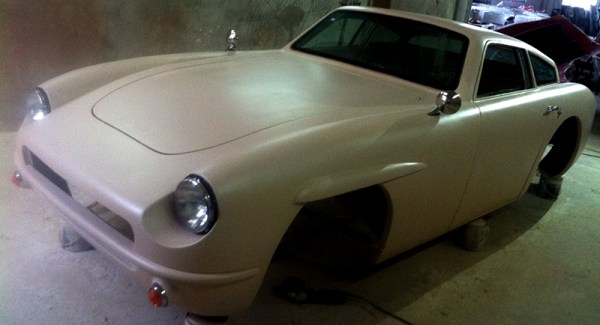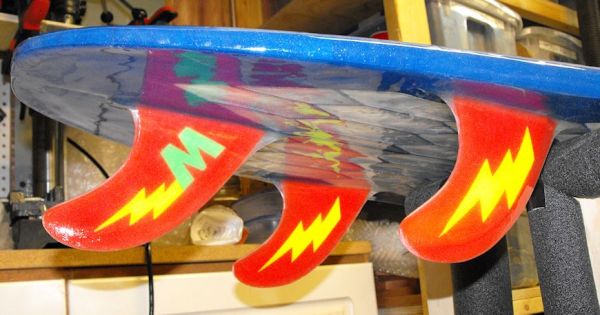Electric vehicles are the wave of the future, whether it’s from sucking too much oil out of the ground, or because of improved battery technology. Most internal combustion engines are unsustainable, and if you’re thinking about the environment – or working on an entry for The Hackaday Prize – an electric vehicle is the way to go.
Here are a few electric vehicle projects that are competing in The Hackaday Prize that show off the possibilities for the electric vehicles of the future.
An Electric Ninja
Motorcycles are extremely efficient already, but if you want a torquey ride with a lot of acceleration, electric is the way to go. [ErikL] is hard at work transforming a 2005 Ninja 250R into an electric vehicle, both to get away from gas-sipping engines and as a really, really cool ride. Interestingly, the battery technology in this bike isn’t that advanced – it’s a lead acid battery, basically, that reduces the complexity of the build.
And They Have Molds To Make Another
Motorcycles aren’t for everybody, but neither are normal, everyday, electronic conversion cars. [MW Motors] is building a car from scratch. The body, the chassis, and the power train are all hand built.
The amazing part of this build is how they created the body. It’s a fiberglass mold that was pulled off of a model carved out of a huge block of foam. There’s a lot of composite work in here, and a lot of work had to happen before digging into the foam; you actually need to choose your accessories, lights, and other bits and bobs before designing the body panels.
While the suspension and a lot of the mechanical parts were taken from a Mazda Miata, the power and drive system are completely custom. Most of the chassis is filled with LiFeMnPO4 batteries, powering four hub motors in each wheel. It’s going to be an amazing car.
Custom, 3D Printed Electric Motors
If you’re designing an electric car, the biggest decision you’re going to make is what motor you’re going to use. This is a simple process: open up a few catalogs and see what manufacturers are offering. There’s another option: building your own motor. [Solenoid] is working on a piece of software that will calculate the specifications of a motor given specific dimensions. It will also generate files for a 3D printed motor given the desired specs. Yes, you’ll still need to wind a few miles of copper onto these parts, but it’s the beginning of completely custom electronic motors.


















